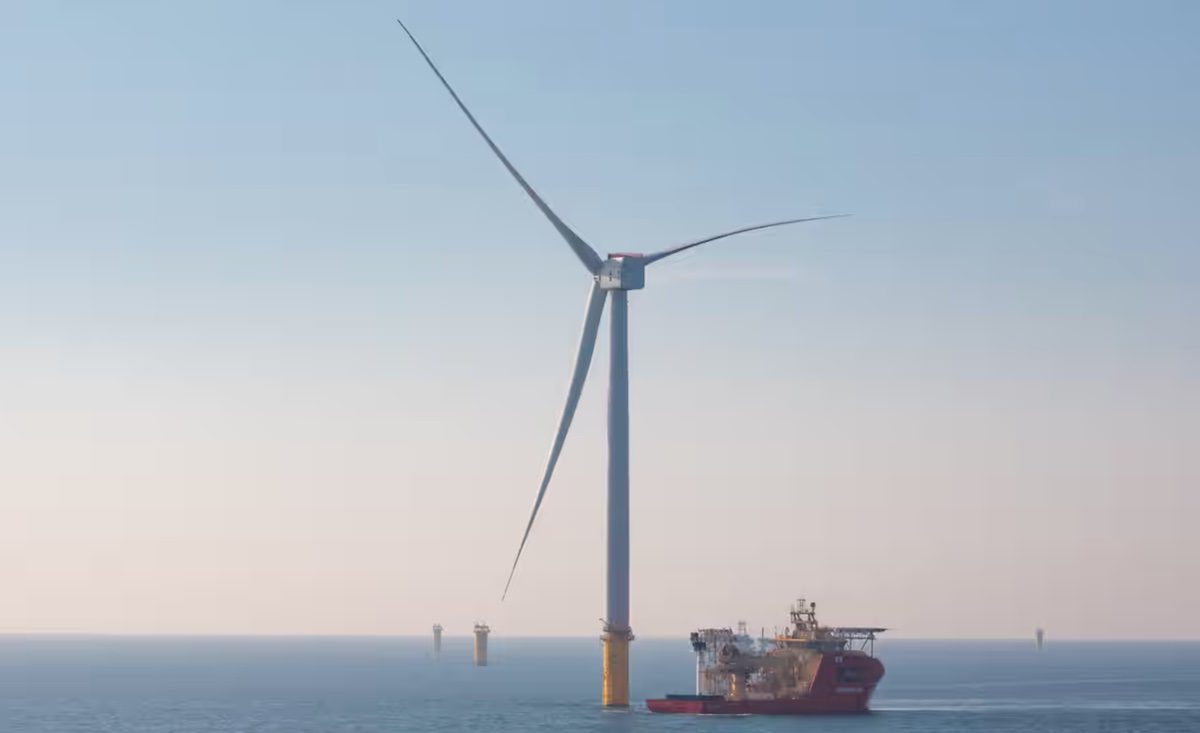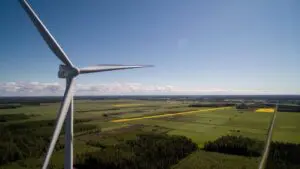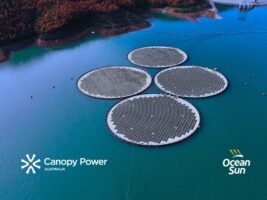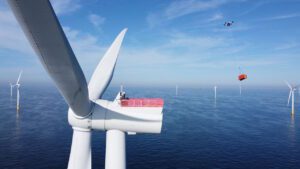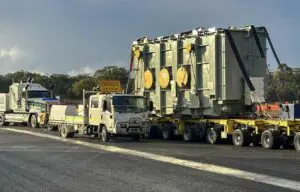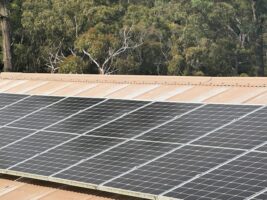A wind turbine blade failure been reported at the site of what will be the world’s largest offshore wind farm, the first phase of the massive 3.6GW Dogger Bank project in the North Sea off the coast of the UK.
The project’s developers said in a statement that they were “aware of a blade failure” that occurred on the morning of August 22 on an installed 13MW Haliade-X turbine at the Dogger Bank A offshore wind farm, which is currently under construction.
“In line with safety procedures, the surrounding marine area has been restricted and relevant authorities notified. No one was injured or in the vicinity at the time the damage was sustained,” the statement says.
“We are working closely with the turbine manufacturer, GE Vernova, which has initiated an investigation into the cause of the incident. Further updates will be issued in due course as more information becomes available.”
Dogger Bank is a 50:50 joint venture between Equinor and SSE Renewables comprising three 1.2GW offshore wind farms located about 130km from the Yorkshire Coast, on a large sandbank in the North Sea.
The incident marks the second blade failure for Dogger Bank A, after an incident at the beginning of May. For GE Vernova, it is the third incident in a matter of months involving of company’s Haliade-X turbines, including the failure and detachment of a blade at the 800MW Vineyard Wind project – the first commercial-scale offshore wind farm to be built in the United States.
The 13MW Haliade-X, at one point billed by GE as the most powerful in the world with full certifications, features a power rating covering 12-14.7MW, a 220-meter rotor and a 107-meter blade. “It has also received independent certification, making it a proven and bankable technology for customers seeking financing,” GE Vernova says.
Early investigations of the US incident suggested the blade failure was due to a manufacturing fault – and the US-headquartered GE Vernova has since confirmed this, and committed to reinspect all of the blades made at a factory in Canada that has supplied Vineyard Wind 1.
“We have identified a material deviation, or a manufacturing deviation, in one of our factories that through the inspection or quality assurance process, we should have identified,” the company’s CEO Scott Strazik said in an earnings call in late July.
“Because of that, we’re going to use our existing data and reinspect all of the blades that we have made for offshore wind and for context in this factory in Gaspé, Canada where the material deviation existed, we’ve made about 150 blades, so that gives you an indication and context of the work ahead.”
But Strazik also told investors and analysts that there was no indication of an engineering design flaw in the blade, nor any evidence of a connection to the May Dogger Bank A incident.
“We have not identified information indicating an engineering design flaw in the blade or information of a connection with the blade event we experienced in an Offshore Wind project in the UK, which was caused by an installation error out at sea,” he said.
The cause or extent of this week’s blade failure at Dogger Bank A is not yet known.
The wind industry has been engaged in a relentless race to deliver turbines with ever increasing generation capacity, as projects grow in their ambition to keep pace with the urgent task of electricity grid decarbonisation.
China’s Goldwind has had a 16MW turbine in operation since the end of last year and fellow China outfit Mingyang last month completed construction of a 16.6MW twin-rotor floating wind turbine platform dubbed OceanX. German renewables giant Siemens Gamesa is reportedly planning to produce a 21MW wind turbine in a bid to compete with its Chinese rivals.
But the battle of the megawatts has pushed the limits of wind generation technologies and tested the economic feasibility of some companies faced with growing maintenance and repair bills.
In January 2023, Siemens Gamesa revealed that faulty components had blown a €472 million hole in its December quarterly result, and in June adjusted up the bill to fix its troubled wind division to more than €1 billion ($1.6 billion), as it scrambled to get on top of high turbine failure rates.
By November of last year, the German government had agreed to bail the energy giant out to the tune of €7.5 billion as part of a larger €15 billion package designed to help the company overcome ongoing turmoil in its wind turbine unit.

